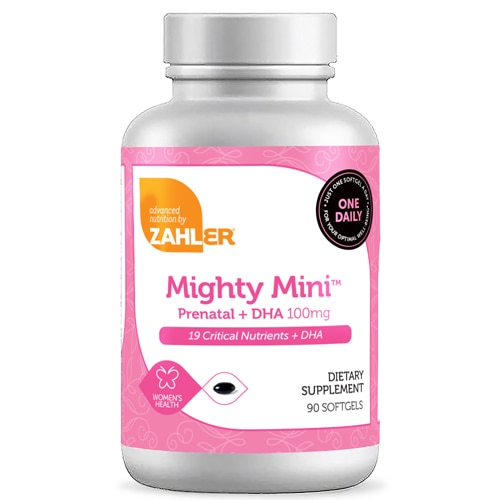For many women, the awareness of the pelvic floor begins and ends with Kegel exercises—a targeted approach to the muscles that control urine flow. But pelvic health is so much more than feeling the squeeze. The pelvic floor, a complex group of interweaving muscles, not only ensures sex and elimination works correctly, it also determines if your organs are in the right place. If the muscles of the pelvic floor get strained (typically during childbirth) organs can slip, causing pain and heaviness.
All too often, women turn their attention to their pelvic floor during the pre- and post-natal period, but ideally pelvis awareness extends throughout a woman’s lifetime. It can begin with the first menses, shift into early adulthood vaginal or chronic pelvic pain (from endometriosis or interstitial Cystitis) and then morph into fertility issues, followed by host of pelvic floor disorders (like sexual challenges or incontinence) that come with aging and menopause. Whatever the stage, it turns out the pelvic floor may need more care than it currently musters.
Welcome the postpartum revolution. In this new model of care, new mothers, take time to rest, nurture themselves, connect with their bodies and receive caring touch to get their bodies—and bellies—back into alignment. Many experts now say that anyone who has had a baby should get some kind of rehab.
Two recent books, “The Fourth Trimester” (a holistic guide to postpartum healing) and “The Fifth Trimester” (a guide for women forging a new identity as a working parent), turn a close eye and a more thoughtful reckoning regarding to what the postpartum adjustments entails.
However, it’s not just mothers who need extra pelvic floor support. Many women silently struggle for decades, choosing not to talk about what goes “down there.” As awareness grows, sexual and pelvic health programs (many of them in hospitals) across the country are rapidly increasing, designed to serve a wider population of women who struggle with pelvic floor pain. These dedicated, spa like centers are sending an important message: that women’s bodies and sexual health deserve more than a one-size-fits-all approach at best, shame and dismissal at worst.
In recent years, many multiple evidence-based, integrative therapies have emerged designed to treat the complexities of individual sexual wellness issues. For example, the Herman Wallace Pelvic Rehabilitation Institute created a new certification (Certified Pelvic Rehabilitation Practitioner) for physical therapists who work with women or men who have pelvic floor dysfunction.
Here’s some of the most typical pelvic floor issues women content with:
Tearing
Many women can tear when the baby comes through the birth canal. Tearing happens to varying degrees and can, if not treated, lead to other complications such as prolapse and incontinence. Repair can include stitching or other treatment.
Incontinence
After giving birth, many women get used to living with a little urinary incontinence—the drips and dribbles or escaping urine. This is when Kegels come in, but many women don’t know how to do them right or are overdoing them. If incontinence continues for a long period, it’s worth working with a physical therapist to get a specific treatment plan.
Diastasis
The separation of the abdominal muscles that frequently occurs right at the belly button and can result in a protruding, rounded belly “pooch.” It can often be fixed with breathing and targeted movement exercises.
Prolapse
Prolapse happens when the organs start to slip forward or down. It can be caused by extended pushing during childbirth, multiple deliveries, hypermobility, and/or a premature return to exercise post-partum. Prolapse is measured by stages, not degrees, and in extreme cases can require surgery.




